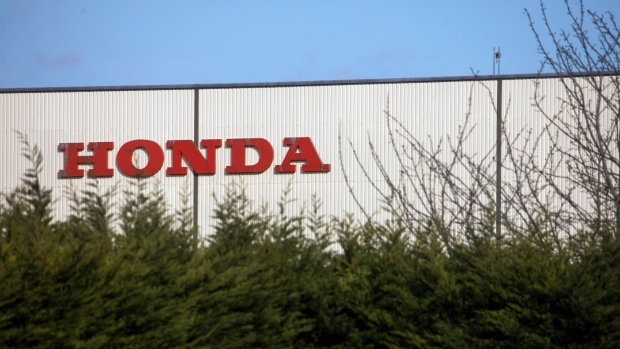Why do insurers always overcomplicate language?

In the insurance industry, LANGUAGE is a tool for differentiation. Policy language can set one insurer apart from others. I know that. In fact, that’s what I try to do every day – make my articles (through my choice of language) stand out from the next.
What I don’t understand is the industry’s insistence on using different words to refer to the same thing. We are told to follow the policy. How these companies came up with these words is (I think) subjective and that’s not what we really need in a complex industry like insurance.
The term “HARD MARKET” is a perfect example of this.
The International Risk Management and Insurance Society (IRMI) defines the hard market as: This can be caused by a number of factors, including a decline in an insurer’s return on investment, an increase in the frequency or severity of losses, and regulatory interventions deemed contrary to the insurer’s interests. ”
read more: Cyber spotlight: commercial insurance celebrities
Some insurance experts assert that the commercial insurance market has been “hard” over the past two years. However, some people avoid the word “HARD” and choose “TIGHT” or “FIRM” instead.
What’s the difference? Why language differentiation? How can the industry justify using different terms to describe the same market? So why beat around the bush? Call the market what it is.
To satisfy my geek language intrigue, I decided to look up the Collins Dictionary definition of the three words “HARD,” “TIGHT,” and “FIRM.”
HARD (adjective): Difficult things are very difficult to do and to deal with.
Synonyms: difficult, intricate, intricate, complicated
TIGHT (adjective): Very strict controls and rules.
Synonyms: severe, severe, severe, harsh
FIRM (Adjective): If a price, value, or currency is firm, it is not declining in value or amount.
Synonyms: Hardness, Resistance, Density, Stiffness
The phrase that comes to mind is “same, same, but different.” Each word has a different meaning, but the overarching themes are ‘CHALLENGING’, ‘STRICT’, ‘COMPEX’ and ‘RIGID’, which also describe the commercial insurance market in recent years.
To complicate matters, some companies prefer not to use any of the above words, preferring to use the term “transition market”. This refers to corrective actions and changes that the market has taken in response to the conditions described in the IRMI definition. hard market.
read more: Broker-underwriter: You scratch my back, I scratch your back
I have my own insight into this language battlefield. I interview companies of all types in the industry, from insurance companies to brokers and agents, MGA/MGUs, reinsurers, insurtechs, law firms and consultancies. Quote). But again, these are different words for the same thing.
The latest verbal controversy I’ve noticed has to do with changing market conditions. By 2022, the commercial insurance market has improved in many areas (with a few exceptions such as cyber insurance). Some insurers use the term “modelling” to describe this, while others use the term “stabilization”. Again, no big difference.
Why can’t an insurer pick one term and apply it? We believe that more clarity and consistency will do the trick for brokers and agents. They now have to demystify the language of insurance companies to their clients. Also, I think it’s a safe bet that clients don’t care if you use ‘HARD’, ‘TIGHT’ or ‘FIRM’. They just want to understand why their premiums have gone up or their coverage has changed, and they want to be able to explain it in plain, straightforward language.
Insurers that try to differentiate themselves with words are (perhaps unintentionally) complicating an already complex industry. Get real guys. Whether it’s “TOMAYTO” or “TOMAHTO”, it’s still TOMATO.
Why do insurers always overcomplicate language?
Source link Why do insurers always overcomplicate language?




